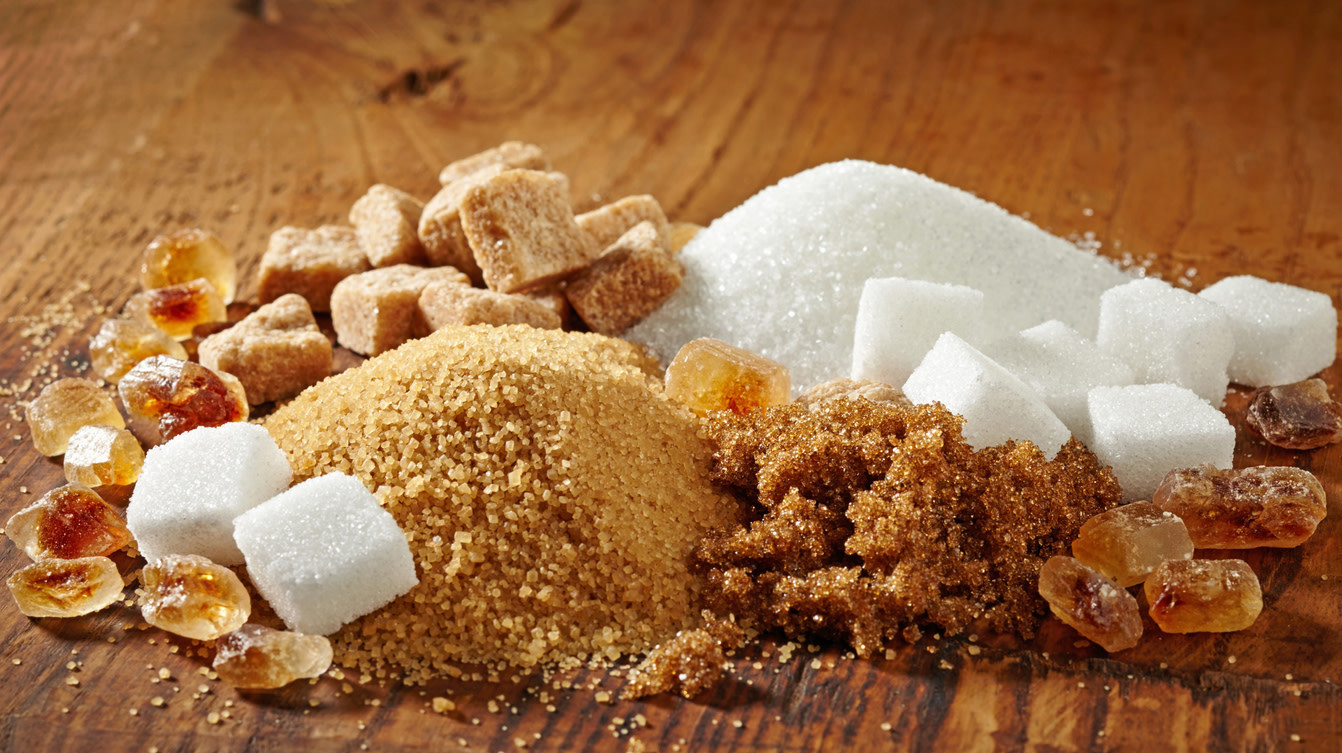New Nutrition Labels Will Reveal How Much Sugar You're Actually Eating
You've probably seen the new Nutrition Facts label, which was introduced in 2016. But it's about to become mandatory, starting on January 1, 2020. The new label emphasizes certain bits of information, like serving sizes and the number of calories per serving. It includes more nutrients; and, most crucially, now includes a listing of "added sugars." Per the FDA, "Added sugars includes sugars that are either added during the processing of foods, or are packaged as such (e.g., a bag of table sugar), and also includes sugars from syrups and honey, and sugars from concentrated fruit or vegetable juices."
This poses a problem for food manufacturers who won't be able to hide extra sugar anymore. For example, now a 20-ounce bottle of regular Coca-Cola is considered one serving with 65 grams of added sugars, or 130% of a day's dose of added sugars. As Chemical And Engineering News reports, "To avoid cringe-worthy labels, food companies are trying to lower sugar levels without using the synthetic sweeteners that consumers have come to distrust."
C&EN describes a number of other artificial sweeteners food companies have been using to cut down on their use of sugar. It predicts that in the next few years, we will all be consuming a lot more stevia, although since its chemical composition is different from sugar, food manufacturers still have to figure out ways to compensate for the change in structure. A solution may be a new sweetener called allulose that occurs naturally in figs and raisins. The FDA says it won't be considered a sugar or an added sugar; instead it will appear in the Total Carbohydrates line.
The C&EN story is optimistic about the future of artificial sweeteners. But it seems like if there's a loophole for nutritional regulations, Big Food will find it. Is it too much to hope that maybe our palates will simply adjust to less sugar?
